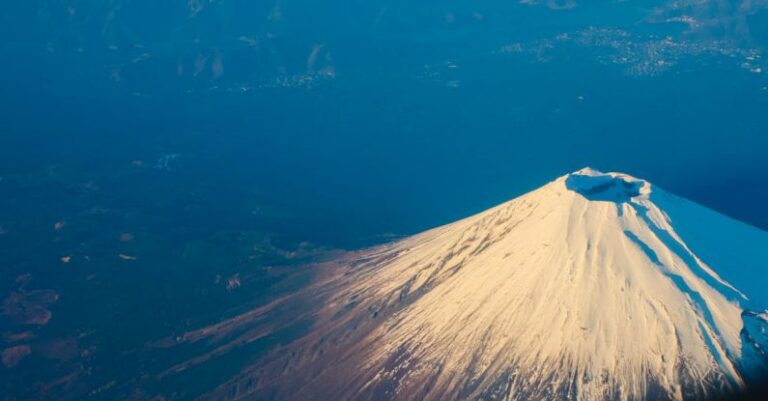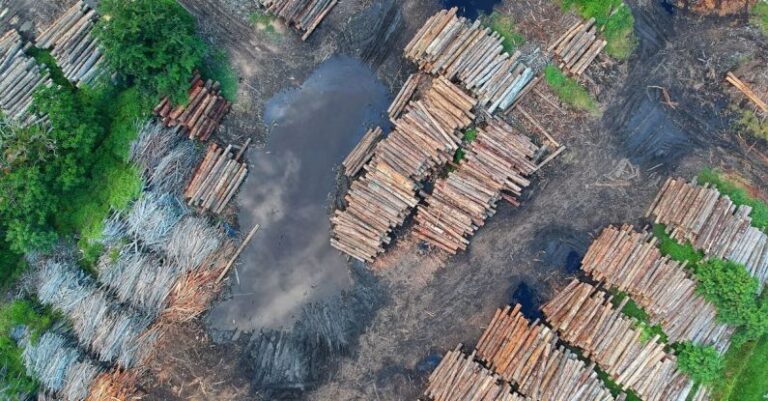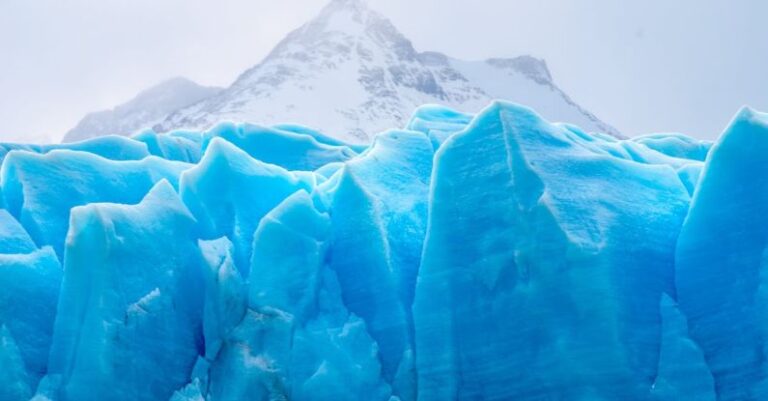
Mountains are majestic natural wonders that dominate landscapes across the globe, their towering peaks reaching towards the sky. But have you ever stopped to wonder how these colossal formations come into existence? The process of mountain formation is a fascinating geological phenomenon that involves a combination of tectonic forces, erosion, and volcanic activity. Let’s delve into the intricate mechanisms that shape the earth’s surface and give rise to these awe-inspiring giants.
Formation Through Tectonic Forces
Mountains are primarily formed through the movement of tectonic plates, massive slabs of rock that make up the Earth’s outer shell. When these plates collide, they can create immense pressure and force that result in the uplift of the Earth’s crust, leading to the formation of mountains. There are different types of tectonic plate movements that contribute to mountain building, including convergent boundaries, divergent boundaries, and transform boundaries.
Convergent Boundaries: One of the most common ways mountains are formed is through the collision of two tectonic plates at convergent boundaries. When two plates collide, one plate is forced beneath the other in a process known as subduction. The intense pressure and heat generated during this collision cause the crust to buckle and fold, leading to the formation of mountain ranges such as the Himalayas, where the Indian plate is colliding with the Eurasian plate.
Divergent Boundaries: Mountains can also form at divergent boundaries, where tectonic plates move away from each other. As the plates separate, magma rises from the mantle to fill the gap, solidifying and creating new crust. Over time, this process can result in the formation of volcanic mountain ranges like the Mid-Atlantic Ridge, where underwater volcanoes build up the seafloor.
Transform Boundaries: At transform boundaries, two plates slide past each other horizontally, creating intense friction and pressure. This can lead to the formation of fault lines and mountain ranges, such as the San Andreas Fault in California. The movement along these boundaries can cause earthquakes and further shape the landscape over time.
Erosion and Weathering
While tectonic forces play a significant role in mountain formation, erosion and weathering also play a crucial part in shaping these landforms. Over millions of years, wind, water, and ice work to wear down the rock and soil of mountains, sculpting their peaks and valleys. The relentless force of erosion can carve out deep valleys, steep cliffs, and jagged ridges, giving mountains their distinctive shapes and features.
Water Erosion: Rivers and streams cut through mountains, carrying sediment downstream and gradually wearing away the rock. The Grand Canyon in the United States is a testament to the power of water erosion, with the Colorado River carving out the steep cliffs over millions of years.
Glacial Erosion: In colder regions, glaciers play a significant role in shaping mountains through the process of glacial erosion. As glaciers move slowly downhill, they scrape and pluck rocks, creating U-shaped valleys and cirques. The Alps in Europe bear the marks of past glacial activity, with their rugged peaks and deep valleys sculpted by ice over millennia.
Volcanic Activity
In addition to tectonic forces and erosion, volcanic activity also plays a crucial role in mountain formation. Volcanic mountains are formed when molten rock, or magma, rises to the surface through volcanic vents and erupts as lava. Over time, repeated eruptions can build up layers of hardened lava and volcanic ash, creating towering peaks and volcanic cones.
Ring of Fire: The Pacific Ring of Fire is a horseshoe-shaped region in the Pacific Ocean known for its intense volcanic activity and seismic events. The ring is home to numerous volcanic mountain ranges, including the Cascade Range in North America and the Andes in South America, formed by the subduction of oceanic plates beneath continental plates.
Conclusion: A Landscape in Flux
Mountains are not static entities but are in a constant state of change, shaped by the forces of nature over millions of years. From the collision of tectonic plates to the erosive power of wind and water, the formation of mountains is a dynamic process that continues to shape the Earth’s surface. By understanding the complex interplay of geological processes that give rise to these towering landforms, we gain a deeper appreciation for the beauty and resilience of the natural world.





